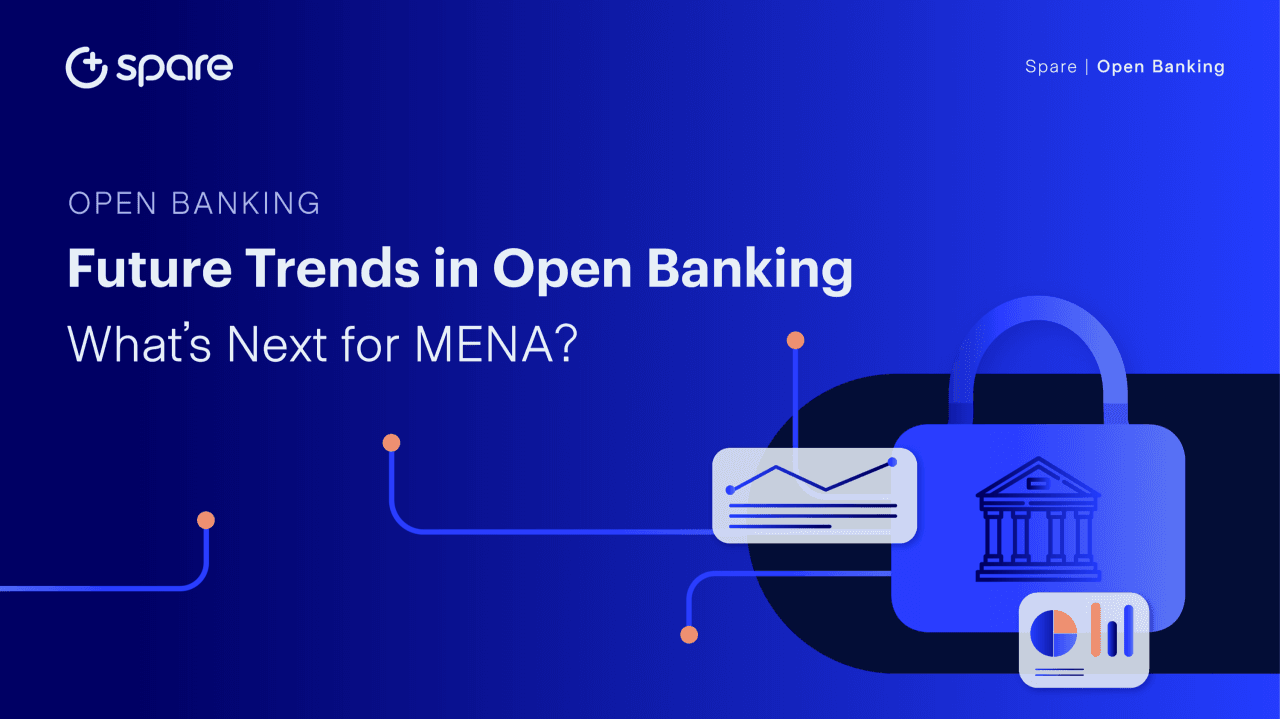Future Trends in Open Banking What’s Next for MENA?

Open Banking in MENA is no longer a question of if, but how fast. With regulatory frameworks taking shape in Saudi Arabia, the UAE, and Bahrain, the region is entering a new era of financial connectivity. These foundations are setting the stage for a wave of innovation that will transform how individuals and businesses access, move, and manage money. But what’s next?
1. Embedded Finance Will Go Mainstream
As more financial institutions open up their APIs, businesses outside of traditional finance - retailers, telecoms, ride-hailing apps, and gig platforms - will begin embedding financial services directly into their customer experiences. Whether it’s instant lending at checkout, earnings advances for gig workers, or savings tools inside e-commerce apps, embedded finance will shift how people interact with financial products. Every digital platform becomes a potential fintech.
2. Real-Time Payments Infrastructure Will Accelerate
One of the most critical enablers of Open Banking success is real-time payments infrastructure. Countries like Saudi Arabia have already launched national instant payment systems, such as Sarie, which allows for instant transfers and settlements 24/7. In the UAE, the Central Bank has introduced Aani, an instant payments platform operated by Al Etihad Payments. Launched in October 2023, Aani enables secure, real-time digital payments and is a key initiative under the UAE's Financial Infrastructure Transformation (FIT) program.
Aani offers a suite of features, including transfers using only a recipient’s phone number, email, or QR code. It also supports “Request Money” and “Split Bills,” making payments more social and seamless. As these systems mature, they will unlock use cases such as smart invoicing, instant merchant settlements, and recurring payments, delivered through secure account-to-account (A2A) payment rails. The GCC’s real-time payments volume is expected to quadruple by 2028, driven by this shift to instant rails, according to Redseer and Mastercard.
3. Smarter Credit and Risk Models
Access to real-time financial data will transform credit decisioning. Instead of relying on outdated credit reports or opaque data, lenders will be able to use Open Banking data for real-time insights into income, cash flow, spending habits, and risk signals. This shift will result in more accurate underwriting models, expanding access to credit for SMEs, gig workers, and underserved consumers across MENA. Open Banking helps create a more transparent and inclusive financial system.
4. Cross-Border Use Cases Will Emerge
With more countries in the GCC rolling out Open Banking standards, regional interoperability will become a key area of innovation. Expect early experimentation with cross-border account aggregation, identity verification, onboarding, and eventually, payments—especially in sectors like remittances, travel, and regional commerce. A unified data and payment layer could reduce friction for businesses operating across the GCC.
5. Hyper-Personalized Financial Products
As access to real-time financial data improves, fintechs will be able to design ultra-targeted experiences that move beyond traditional segmentation. Expect smart budgeting tools, personalized investment recommendations, AI-driven savings nudges, and context-aware financial advice delivered inside apps. Financial products will become dynamic and behavioral, adapting to the customer’s real-world data in real time.
6. Open Finance > Open Banking
Regulators in the region are already thinking beyond traditional bank accounts. The next chapter is Open Finance, where access extends to insurance, pensions, credit cards, wallets, and beyond. Bahrain was the first to implement a dedicated Open Banking regulation, but its approach is already evolving toward Open Finance. This expansion of scope will enable new ecosystems of value, foster data-driven innovation, and give individuals greater control over their entire financial lives.
The building blocks are in place. With regulatory momentum, infrastructure development, and rising interest from both startups and incumbents, the MENA region is well-positioned to lead the next wave of Open Finance innovation globally. From embedded finance to AI-powered risk models, the opportunities ahead are vast, and Spare is proud to be helping build the infrastructure to power it.
Want to know more about the use-cases, timelines, and product integration? Reach out today on [email protected] and explore how Open Finance fits into your growth journey.